
About This Quiz
Variations of the cursive script we know today date back as far as the ancient Roman empire, stemming from the Etruscan alphabet. After hundreds of years of use, cursive is becoming a lost art in recent times when it comes to everyday handwriting.
Whether or not to continue teaching cursive in schools has become a heated debate! While some argue that cursive has become irrelevant, there is clearly still a demand for elegant penmanship - calligraphers continue to work for the White House, which has a budget of $263,000 a year for calligraphers! Not to mention, you're probably already familiar with trending calligraphy on Pinterest and elegant looping fonts going viral on social media.
While some elementary schools around the world still require cursive as part of the curriculum, many schools have dropped the requirement. In the United States, there have been many variations of the elegant looping letters over the years. Distinct styles of cursive have even been associated with different social classes, professions and genders, as men and women were once taught to stylize their penmanship based on their sex. It wasn't until the mid-1800s that a modern day cursive was systematized into what's known as the Spencerian method, which formed the basis for the new styles of script taught in schools.
Interested in touching up your penmanship so you can start your own DIY calligraphy project? Or maybe you just want to see how much cursive you really remember from the third grade. Test your memory and take this quiz to see how many cursive letters you can accurately recognize. Then you'll be ready to take out your pen and ink and get practicing again!

It's the letter V! Did you know that V and U were treated as the same letter until the year 1629? The letter V was used to represent both the vowel /u/ sound and the consonant /v/ sound. Eventually, the sounds were distinguished with separate letters, which are the V and U we know today.
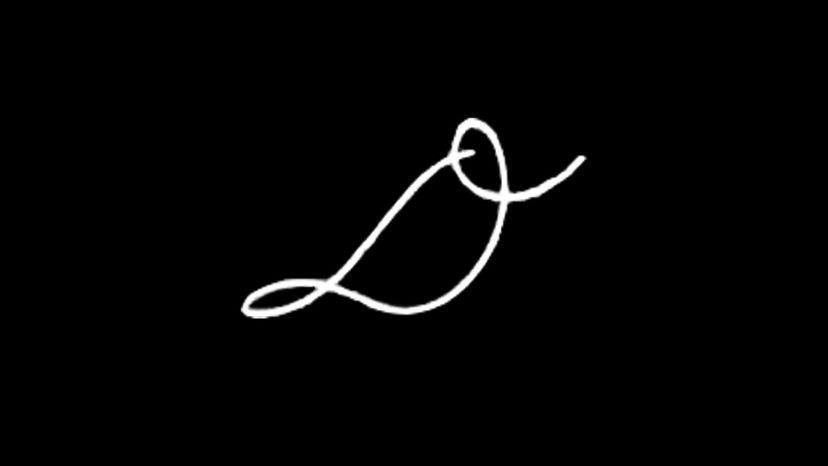
The letter D corresponds with the Greek symbol delta, which was drawn as a triangle. The rounded shape the letter D has today is thought to originate from an ancient pictograph representing the door of a tent.

It's the lowercase letter D! The English alphabet has 26 letters. Other alphabets around the world range from as few as 12 letters in the Hawaiian alphabet to as high as 231 letters found in the Ethiopian Amharic alphabet.
Advertisement
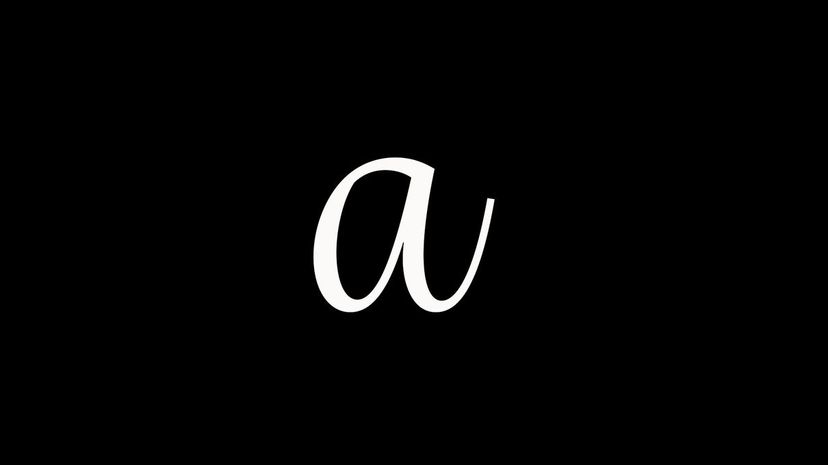
Did you know that the English word "alphabet" derives from the first two characters of the Greek alphabet, alpha and beta? Alpha is the Greek symbol for A, and beta is the Greek symbol for B. Makes sense, right? Except maybe we should call it the "alphabeta" instead!
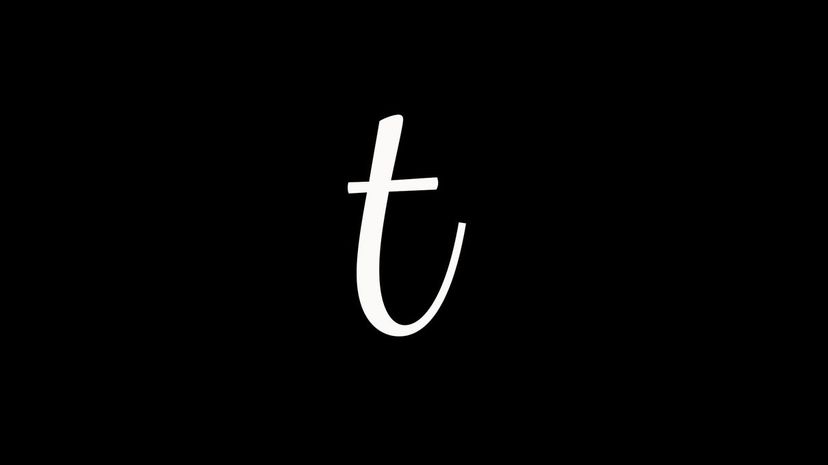
Did you know that the letter T was partially responsible for the symbol "&," known as the ampersand? The letters E and T made up the Latin word "et," meaning "and," they were often joined together in writing. Eventually, the ampersand became a widely used shorthand of the word "and," from combining the Roman letters E and T.
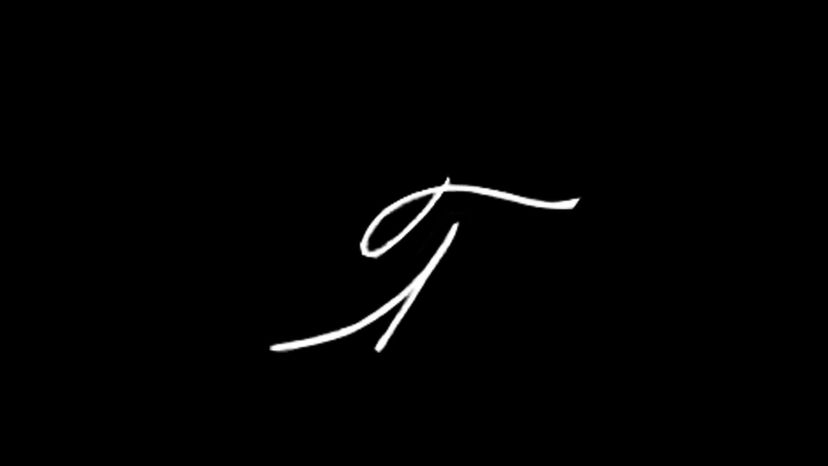
Did you know the T-shirt was named after the shape of a capital T? The sleeves resemble the bar making up the top half of a capital T, while the body of the T-shirt resembles the rest.
Advertisement
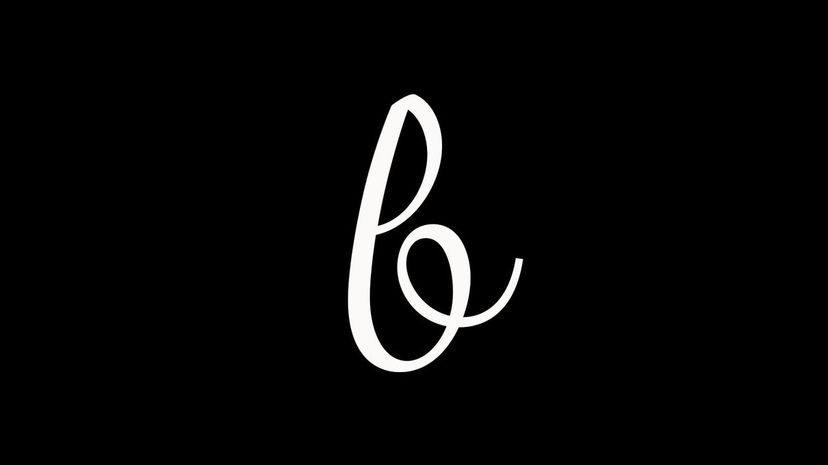
Did you know that if you were to write down the spelling of every number, one through infinity, you wouldn't use the letter B until you got up to one billion? More than 3,000 years ago, the letter B was called "beth" and was written very differently, although it had the same B sound we know today.
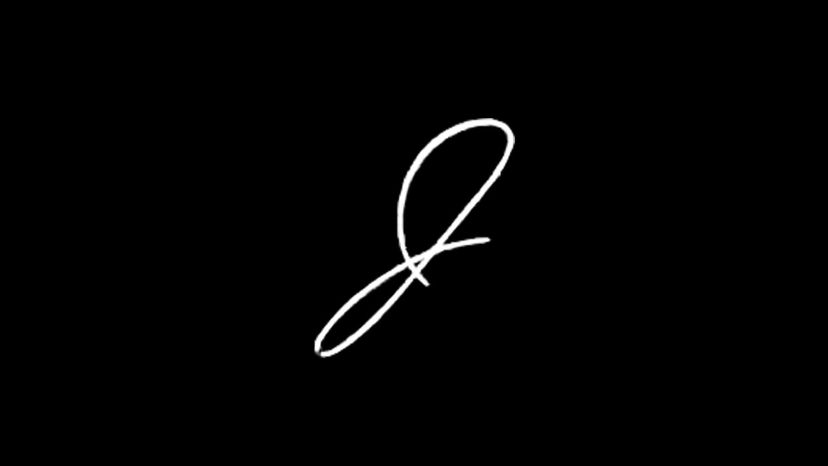
Did you know that J is one of the newest letters in the alphabet? Originally, it was indistinguishable from the letter I. It didn't make a distinct appearance until 1524, due to the efforts of Gian Giorgio Trissino, known as the father of the letter J.
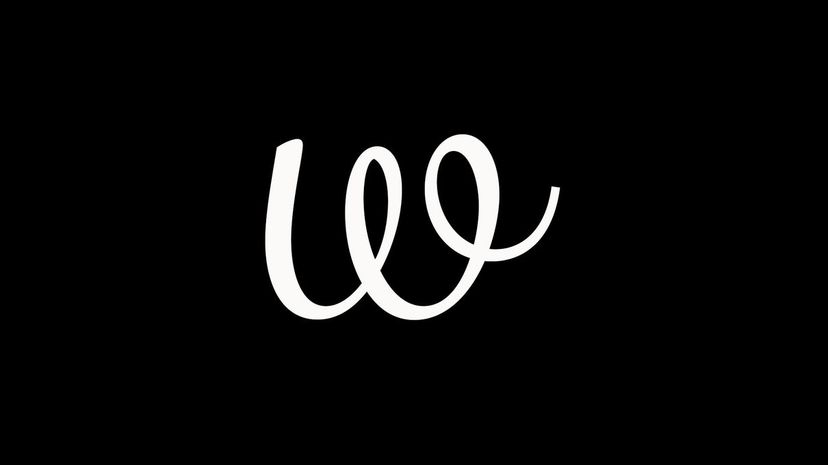
You may wonder where W got its name, which sounds like "double U." At one point in time, that is all it was! The Romans didn't have a character for the phonetic sound /w/, so for quite some time, scribes used "uu," which eventually transformed into the character W that we have today.
Advertisement
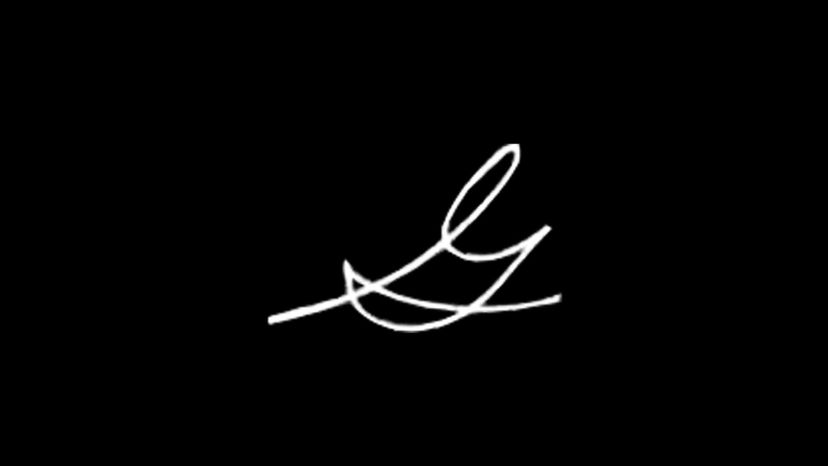
The letters G and C so closely resemble each other in appearance and sound because they were both derived from the same Phoenician symbol, "gimel," which meant "camel." Eventually, the Romans distinguished the two sounds, adding a bar to create the G.
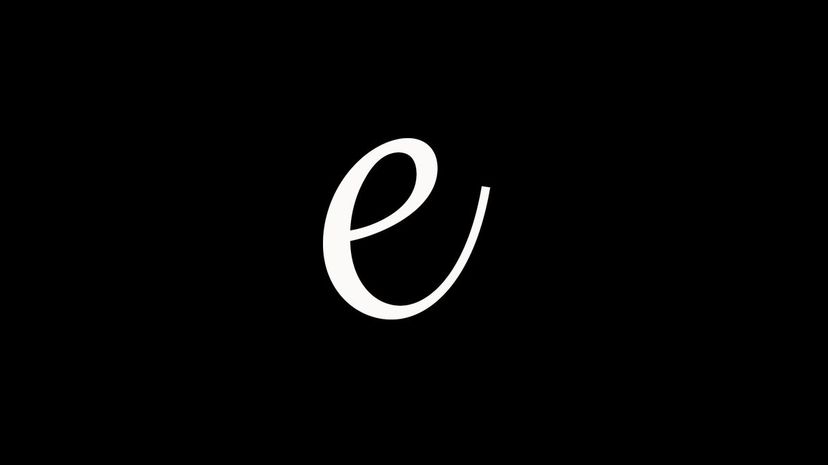
E is the most commonly used vowel. E is for elephants, which are cathemeral animals - not simply diurnal or nocturnal. Cathemeral animals have unique eyes that can see in dimmer light as well as during the day.
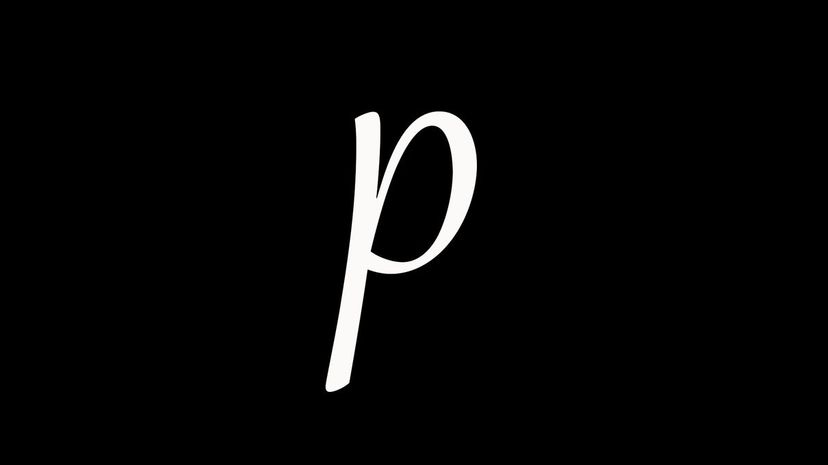
When spoken, the nasal equivalent of P is M. This is why there are names and words in English that have a P directly following M where it's not always needed for pronunciation. An example of this is seen in the name Thompson, vs. Thomson.
Advertisement

If you're over the age of 18, the last movie you watched might have had an R rating. Did you know the R used to label R-rated films stands for "restricted"? If you're under 18, you'd better stick with movies rated G, which stands for "general audiences."
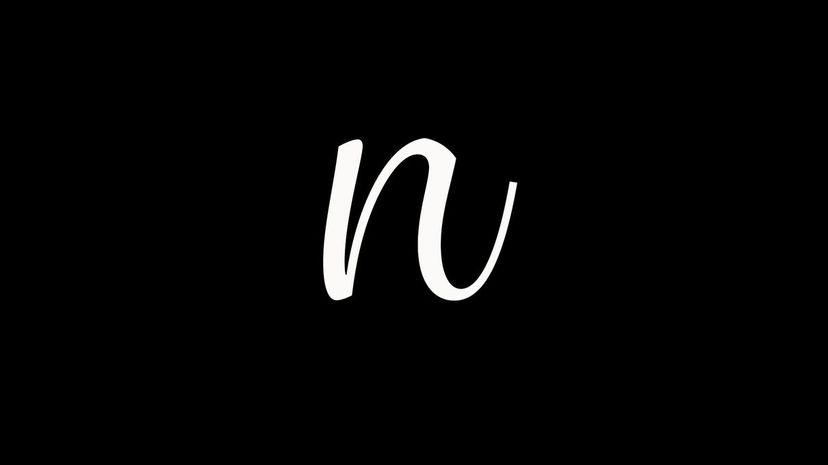
Did you know that around 100 languages worldwide primarily use the same English alphabet today? These languages share the 23 core characters originating from the Romans, with slight variations. Can you imagine what English would look like if we only used 23 out of the 26 letters in our alphabet?

Q is the second least used letter in the English language. If you've ever played Scrabble, it's always a good hint to know that you'll need the letter U in order to use your Q, if you have one.
Advertisement
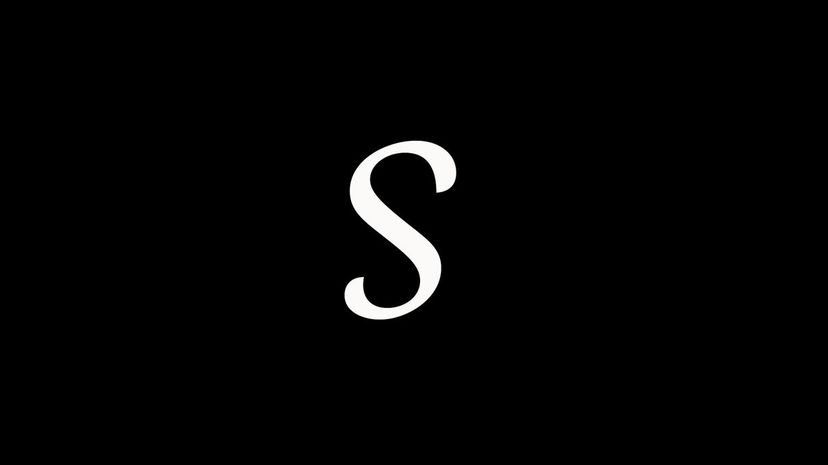
Up until the late 18th century, there used to be a letter called the long S that resembled both an F and an S, but it was pronounced just like an S. The Founding Fathers used the long S in important documents like the Constitution and the Bill of Rights.
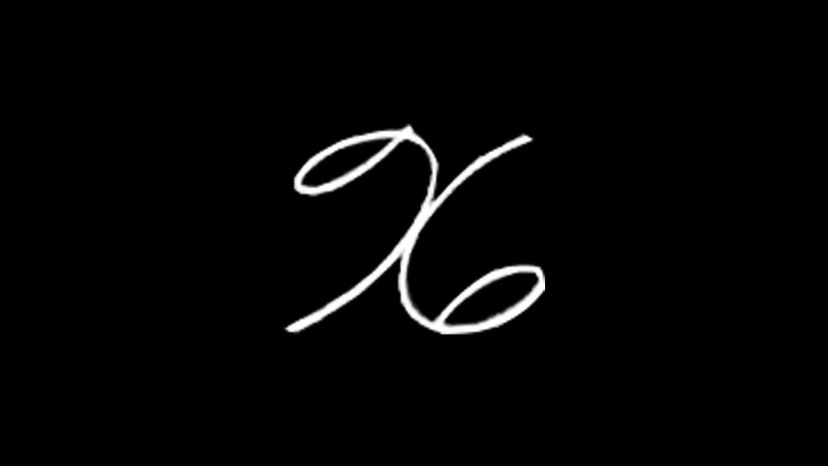
The invention of the X-ray was a medical breakthrough that won a Nobel Prize in physics for Wilhelm Roentgen. Surprisingly, he discovered X-rays completely by accident while experimenting with vacuum tubes.
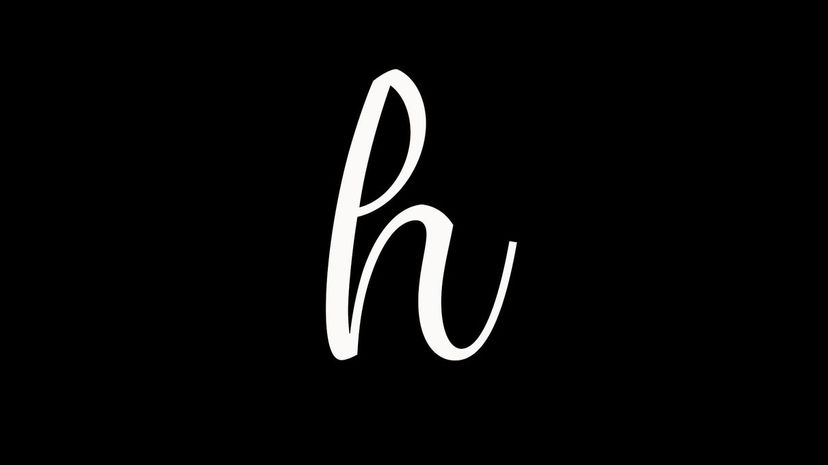
H is the eighth most common letter in the English language, so if you're playing Scrabble or hangman, it's a good letter to keep in mind. In the proto-Semitic language, the letter H was the word for "fence." If you look at a capital H, you can see how it resembles part of a fence.
Advertisement
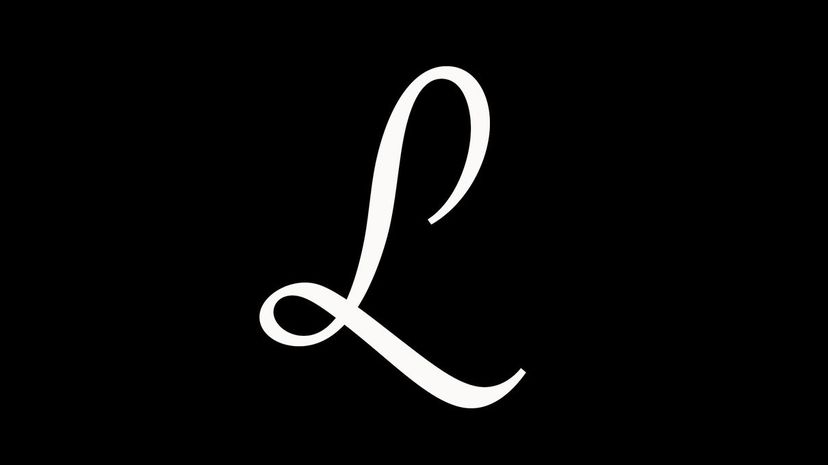
You may recall that the NFL did not use Roman numerals for Super Bowl 50, as per their usual practice. This is because the Roman numeral for 50 is L, which is often shorthand for "loss" in the NFL. They didn't want to jinx the game, so instead of the Roman numeral L, they used the number 50.

Ever heard of dotting your Is and crossing your Ts? This expression has come to mean paying close attention to the task at hand. Did you know the small dot we have to remember to place over the lowercase i is called a "tittle" or "superscript dot"?

Try to think of a word that starts with Z, other than zebra. It takes a minute, right? Z is the least commonly used letter in the alphabet, and not all English speakers pronounce this letter the same! In American English, it's pronounced "zee," while in British English and elsewhere it's pronounced "zed."
Advertisement

J is the 10th letter of the alphabet. Did you know that J or j is also a unit of energy called a Joule? One J is equal to one 3600th of a watt-hour. This unit of measurement was named after James Prescott Joule, an English physicist who lived during the 1800s.
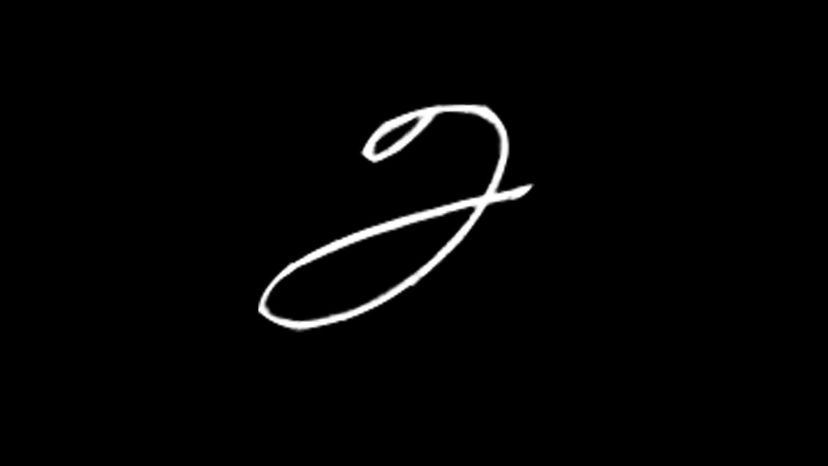
If you're from the United States, you probably use F to gauge the temperature outside. F stands for Fahrenheit, which is a temperature scale where water boils at 212 degrees F and freezes at 32 degrees F.
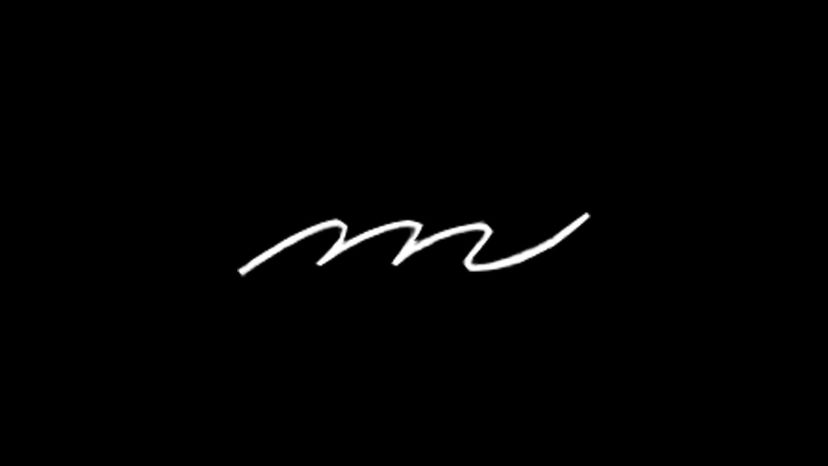
M is where the famous rapper Eminem got his name, which he adapted from his original stage name, M&M. Unlike the chocolate candies, the M and M in this famous rapper's name come from the initials of his birth name, Marshall Mathers.
Advertisement

This unique letter is known as both a vowel and a consonant. It's sometimes called a semivowel, for its ability to create both a vowel sound, like in the word "myth," and a consonant sound, like in the words "yak" and "yellow."
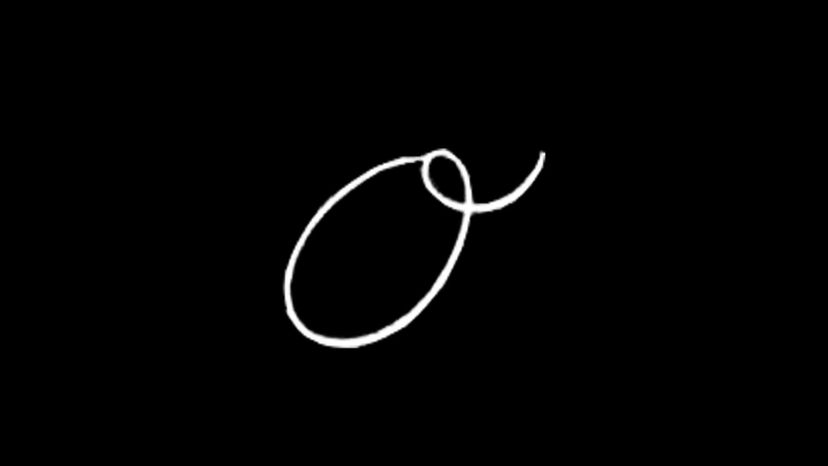
It's the letter O! Phonetically, "Oh" is used as an exclamation for a countless number of emotions. Did you know that with only 26 letters of the alphabet, there are well over 470,000 entries in the Webster's and Oxford dictionaries?
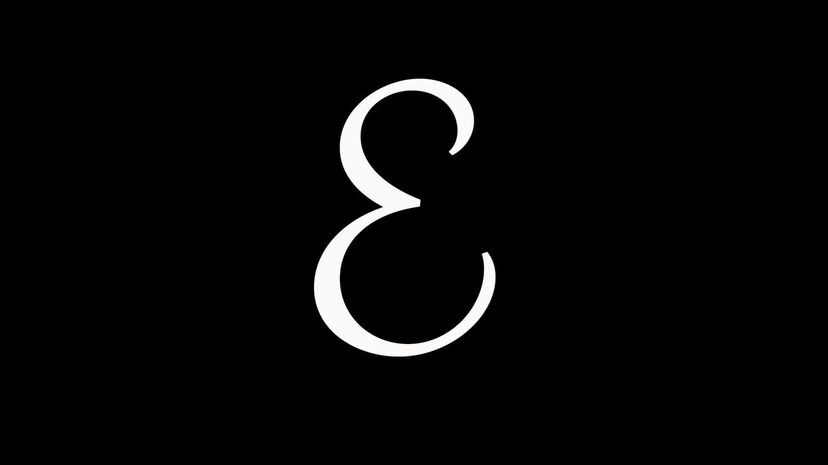
If you're solving a puzzle and need to guess a letter, your best best is to choose E. The letter E is the most commonly used letter of the alphabet, so there's a good chance it will come in handy during your next game of hangman.
Advertisement
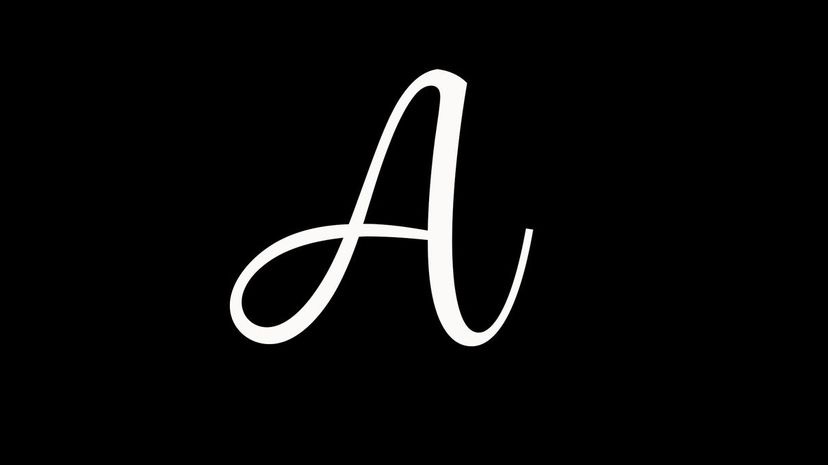
It's an A! Did you know that not all letters in the alphabet are the same size? Optical illusions are used by printers to make the letters appear evenly sized. In print, the letter A is one of the taller letters. Its pointy tip usually extends beyond the standard height so that it doesn't appear noticeably short to the reader.
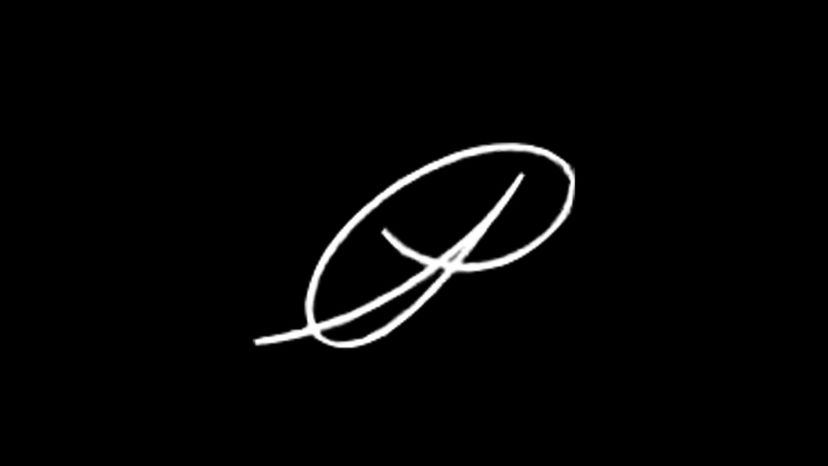
The letter P has changed a great deal over time, from its original inverted V shape in early Semitic language and connection with the Greek letter pi. In English, about 10% of all words start with P.
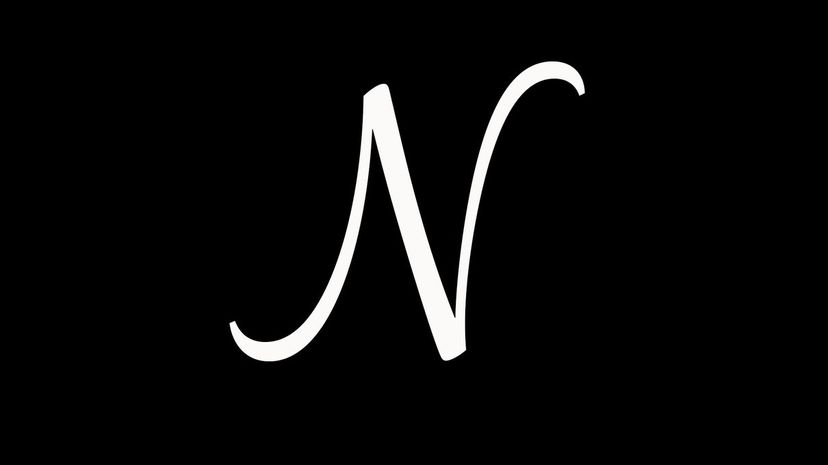
It's the letter N! Did you know that there are over 40 sounds, or phonemes, making up the English language? With only 26 letters in the alphabet, many of the letters can create multiple sounds, alone or in combinations.
Advertisement
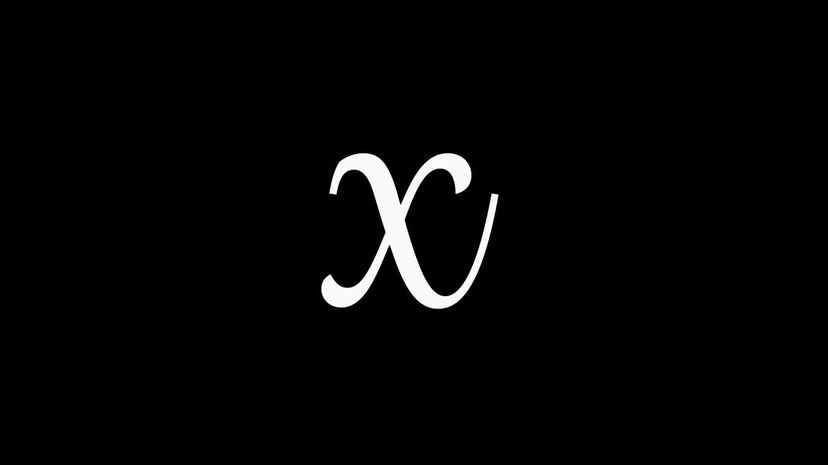
The letter X is one of the rarer letters, so you won't see it used very often. But even rare letters like X must be found in panagrams, which are sentences containing all 26 letters. You may already know this popular panagram: "The quick brown fox jumps over the lazy dog."

It's the letter K! It has changed shape very little throughout history, and the first Semitic version may have originally represented a bent hand. The uppercase and lowercase versions of K are very similar.
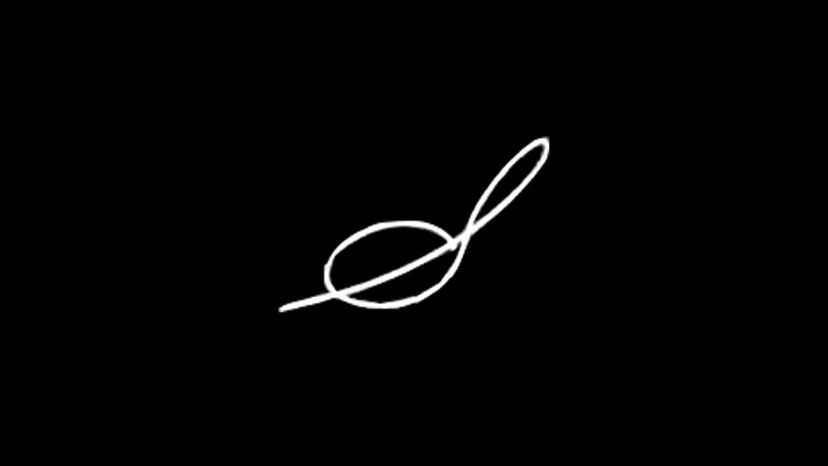
The letter S is one of the most commonly used letters in the entire English language. Did you know that more English words begin with the letter S than any other letter in the alphabet? Sometimes the initial letter S appears in clusters, such as "sh" and "sp."
Advertisement

Looking for a good joke for the language arts enthusiast? Comedian Chris Turner used the letter Y as the punchline in his one-liner: "I'm good friends with 25 letters of the alphabet ... I don't know Y."